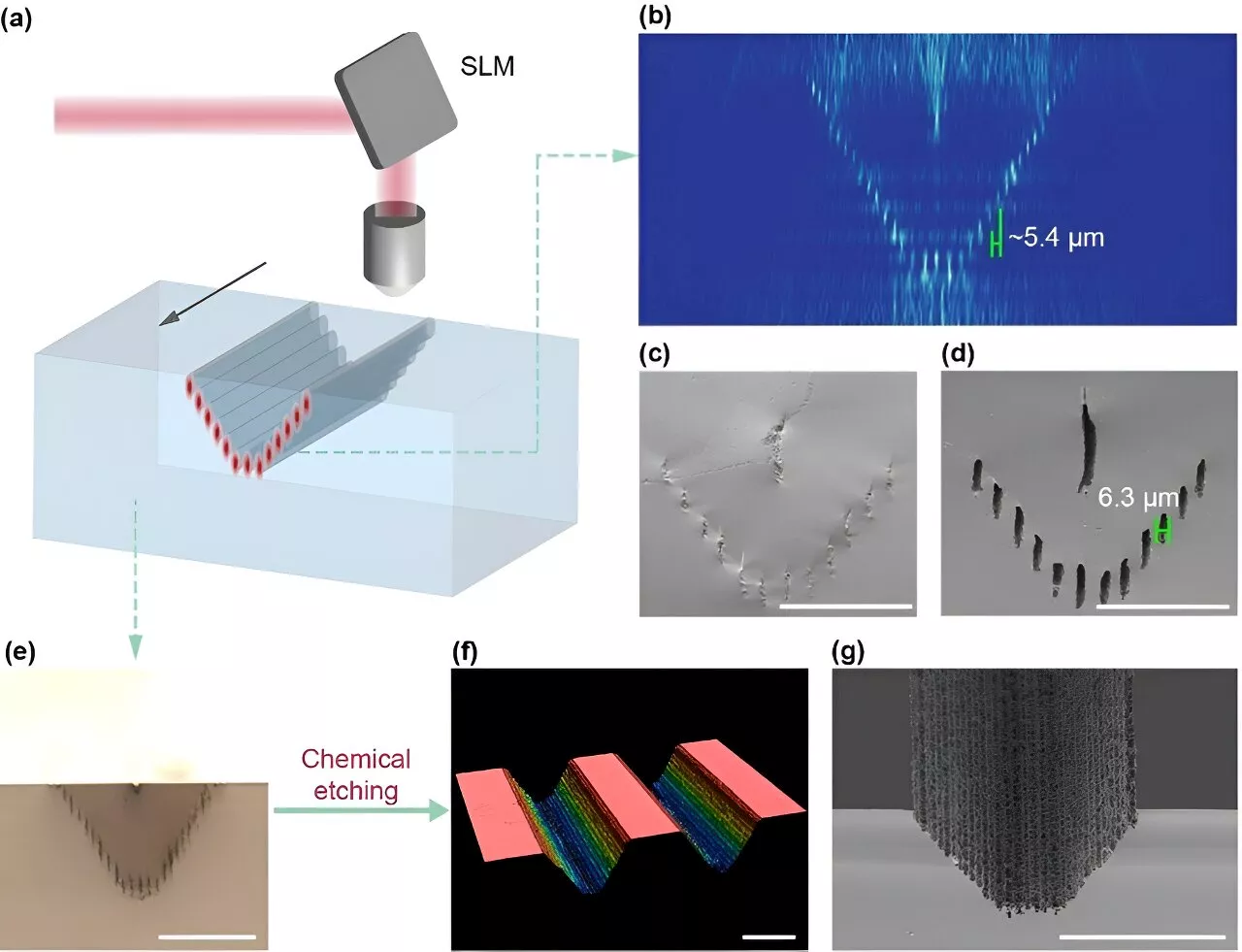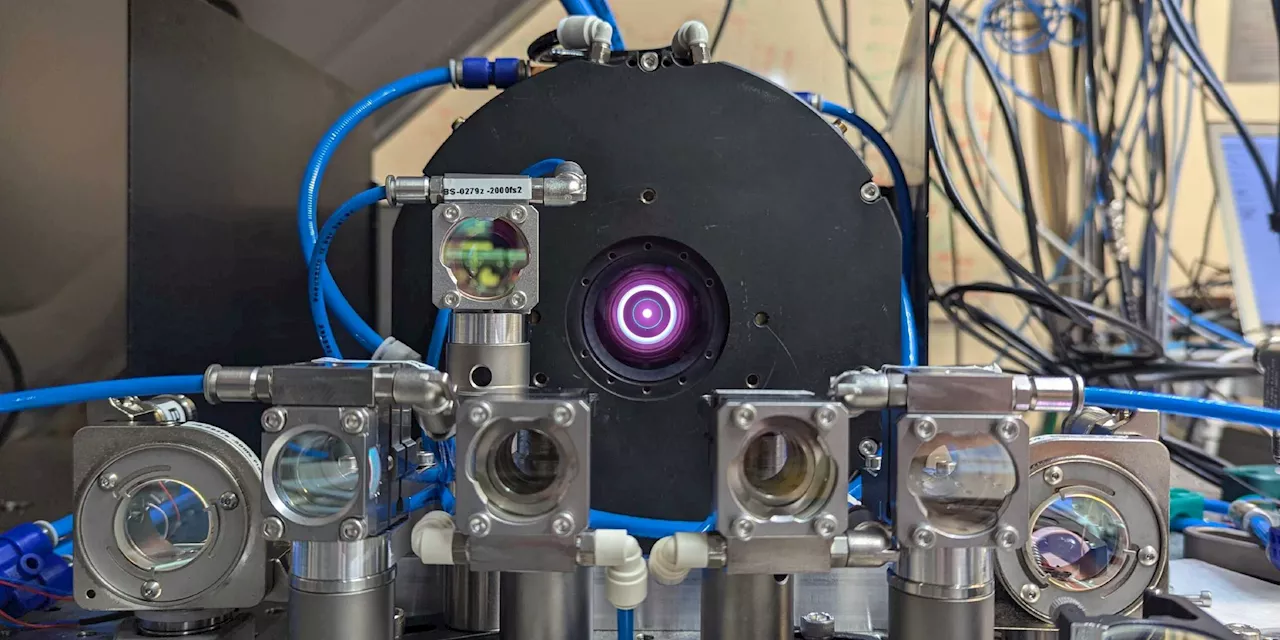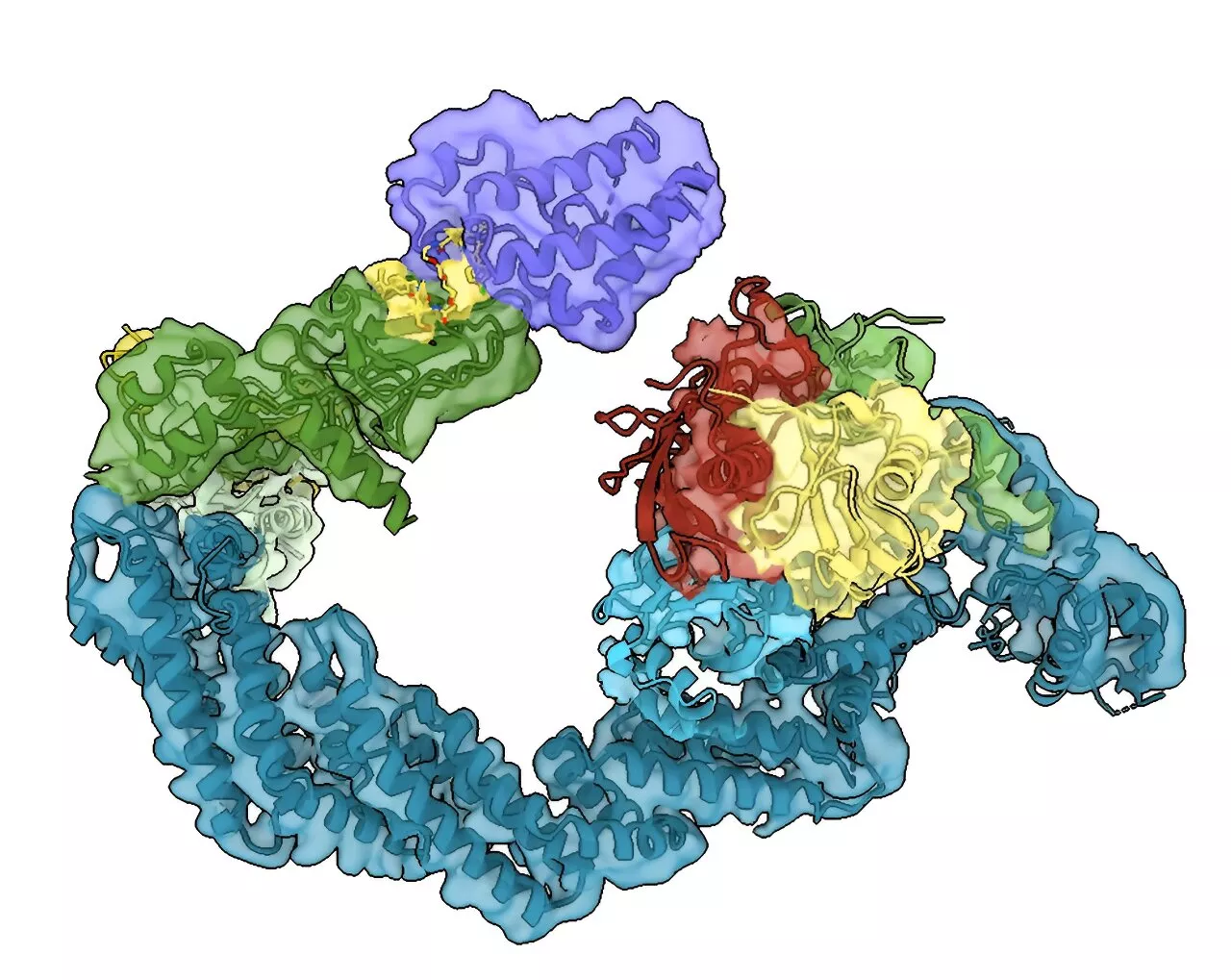Researchers designed tiny particles that can be implanted at a cancer tumor site, where they deliver two types of therapy: heat and chemotherapy.
Patients with late-stage cancer often have to endure multiple rounds of different types of treatment, which can cause unwanted side effects and may not always help.
"One of the examples where this particular technology could be useful is trying to control the growth of really fast-growing tumors," says Ana Jaklenec, a principal investigator at MIT's Koch Institute for Integrative Cancer Research."The goal would be to gain some control over these tumors for patients that don't really have a lot of options, and this could either prolong their life or at least allow them to have a better quality of life during this period.
The MIT team wanted to come up with a way to deliver phototherapy and chemotherapy together, which they thought could make the treatment process easier on the patient and might also have synergistic effects. They decided to use an inorganic material called molybdenum sulfide as the phototherapeutic agent. This material converts laser light to heat very efficiently, which means that low-powered lasers can be used.
"The advantage of this platform is that it can act on demand in a pulsatile manner," Kanelli says."You administer it once through an intratumoral injection, and then using an external laser source you can activate the platform, release the drug, and at the same time achieve thermal ablation of the tumor cells."
"This machine-learning-optimized laser system really allows us to deploy low-dose, localized chemotherapy by leveraging the deep tissue penetration of near-infrared light for pulsatile, on-demand photothermal therapy. This synergistic effect results in low systemic toxicity compared to conventional chemotherapy regimens," says Neelkanth Bardhan, a Break Through Cancer research scientist in the Belcher Lab, and second author of the paper.
The polymer used to make the particles is biocompatible and has already been FDA-approved for medical devices. The researchers now hope to test the particles in larger animal models, with the goal of eventually evaluating them in clinical trials. They expect that this treatment could be useful for any type of solid tumor, including metastatic tumors.Maria Kanelli, Neelkanth M. Bardhan, Morteza Sarmadi, Behnaz Eshaghi, Shahad K. Alsaiari, William T.
Brain Tumor Cancer Colon Cancer Optics Medical Technology Physics Nanotechnology
United States Latest News, United States Headlines
Similar News:You can also read news stories similar to this one that we have collected from other news sources.
 Implantable device may prevent death from opioid overdoseA team has developed a device that may rescue people from overdose without bystander help. In animal studies, the researchers found that the implantable device detects an overdose, rapidly delivers naloxone to prevent death and can alert emergency first responders.
Implantable device may prevent death from opioid overdoseA team has developed a device that may rescue people from overdose without bystander help. In animal studies, the researchers found that the implantable device detects an overdose, rapidly delivers naloxone to prevent death and can alert emergency first responders.
Read more »
 Researchers create a three-dimensional multi-focus laser for glass micro-sculptingGlass materials are widely used in optical and optoelectronic devices due to their low cost and excellent mechanical and optical properties. Among them, glass concave/convex linear structures with feature sizes ranging from several micrometers to hundreds of micrometers find intensive applications.
Researchers create a three-dimensional multi-focus laser for glass micro-sculptingGlass materials are widely used in optical and optoelectronic devices due to their low cost and excellent mechanical and optical properties. Among them, glass concave/convex linear structures with feature sizes ranging from several micrometers to hundreds of micrometers find intensive applications.
Read more »
 Google AI helped researchers win two Nobel Prizes this weekWhile AI was helping win multiple Nobel Prizes this week, we saw the release of Google's Imagen 3, Zoom's AI Companion, and Amazon's Shopping Guides.
Google AI helped researchers win two Nobel Prizes this weekWhile AI was helping win multiple Nobel Prizes this week, we saw the release of Google's Imagen 3, Zoom's AI Companion, and Amazon's Shopping Guides.
Read more »
 Researchers develop new technique to measure previously undetected airborne PFASFor decades, scientists knew there was a huge swath of undetected and unaccounted for per- and polyfluoroalkyl substances (PFAS) in the atmosphere, often referred to as PFAS dark matter, but no one knew how much was missing or how to measure them.
Researchers develop new technique to measure previously undetected airborne PFASFor decades, scientists knew there was a huge swath of undetected and unaccounted for per- and polyfluoroalkyl substances (PFAS) in the atmosphere, often referred to as PFAS dark matter, but no one knew how much was missing or how to measure them.
Read more »
 Researchers develop a laser that produces the strongest ultra-short laser pulses to dateThe word laser usually conjures up an image of a strongly concentrated and continuous light beam. Lasers that produce such light are, in fact, very common and useful. However, science and industry often also require very short and strong pulses of laser light.
Researchers develop a laser that produces the strongest ultra-short laser pulses to dateThe word laser usually conjures up an image of a strongly concentrated and continuous light beam. Lasers that produce such light are, in fact, very common and useful. However, science and industry often also require very short and strong pulses of laser light.
Read more »
 Targeting 'undruggable' diseases: Researchers reveal new levels of detail in targeted protein degradationResearchers at the University of Dundee have revealed in the greatest detail yet the workings of molecules called protein degraders which can be deployed to combat what have previously been regarded as 'undruggable' diseases, including cancers and neurodegenerative diseases.
Targeting 'undruggable' diseases: Researchers reveal new levels of detail in targeted protein degradationResearchers at the University of Dundee have revealed in the greatest detail yet the workings of molecules called protein degraders which can be deployed to combat what have previously been regarded as 'undruggable' diseases, including cancers and neurodegenerative diseases.
Read more »
